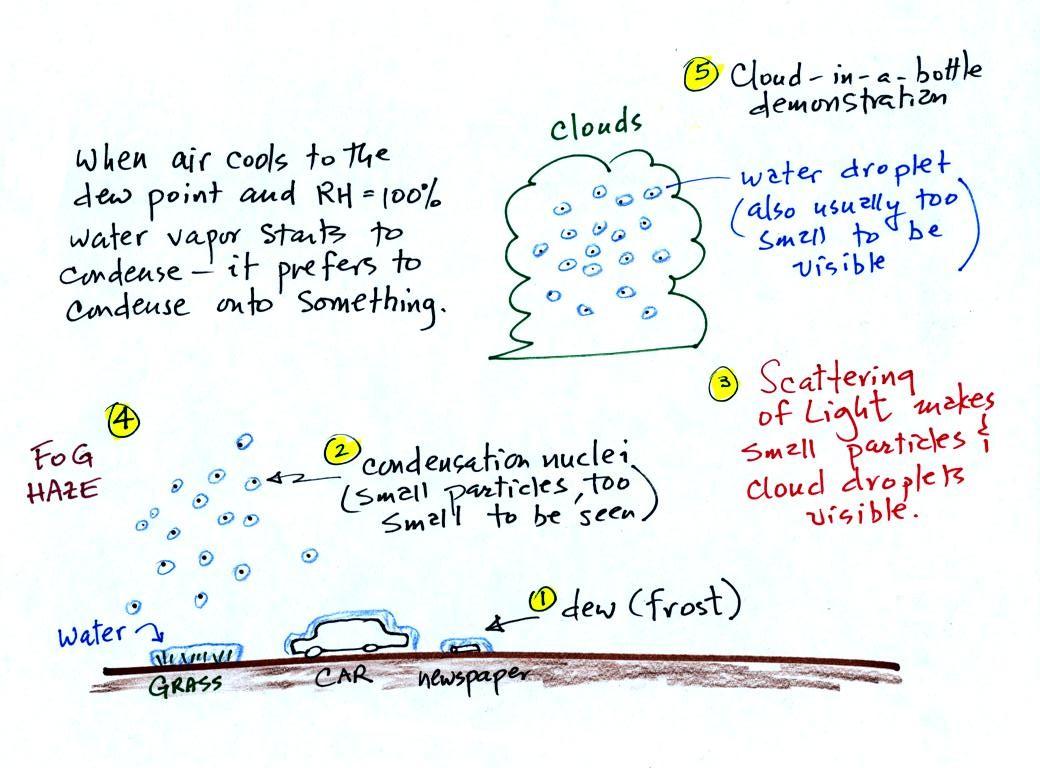

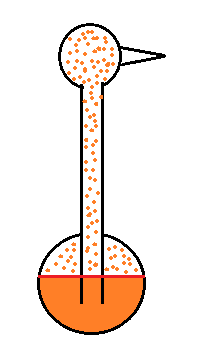
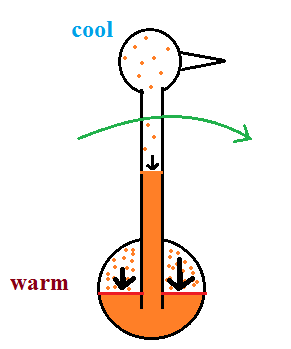
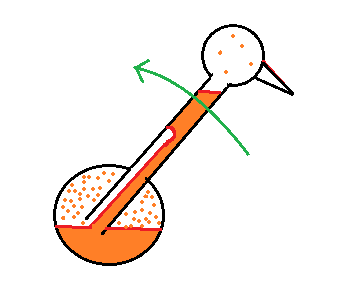
| it is much
easier for water vapor to condense onto small particles called condensation nuclei |
it is much harder for water vapor to just condense and form small droplets of pure water |
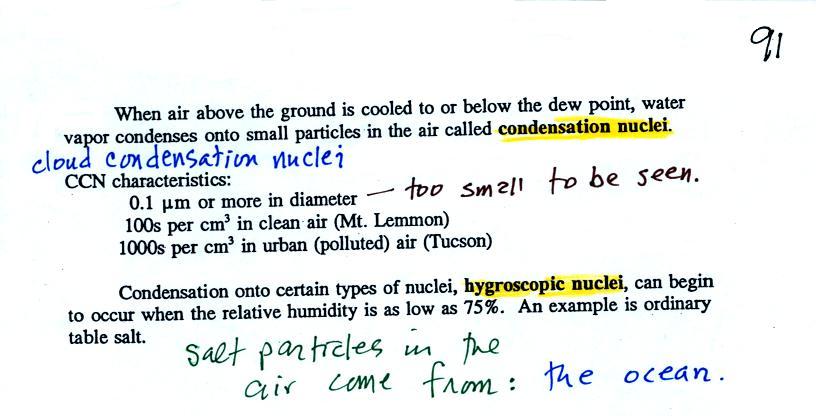
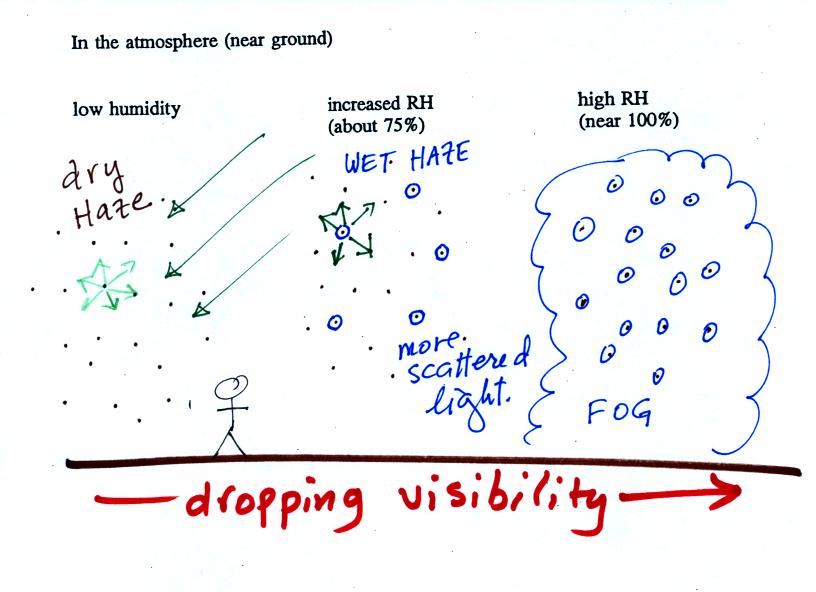
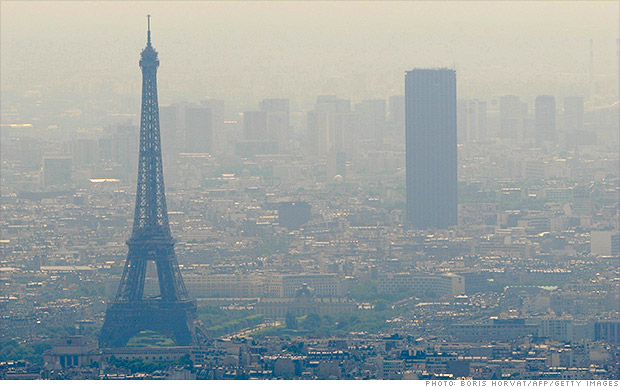

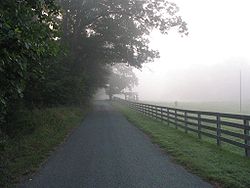 |
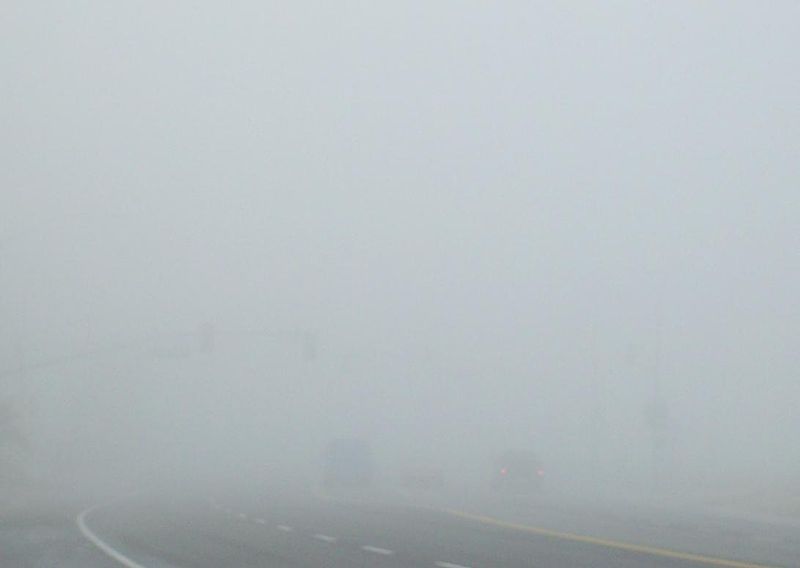 |
| Thin fog
(perhaps even wet haze) with pretty good visibility (source of the image) |
Thick fog (visibility was less than 500 feet) (source of the image) |
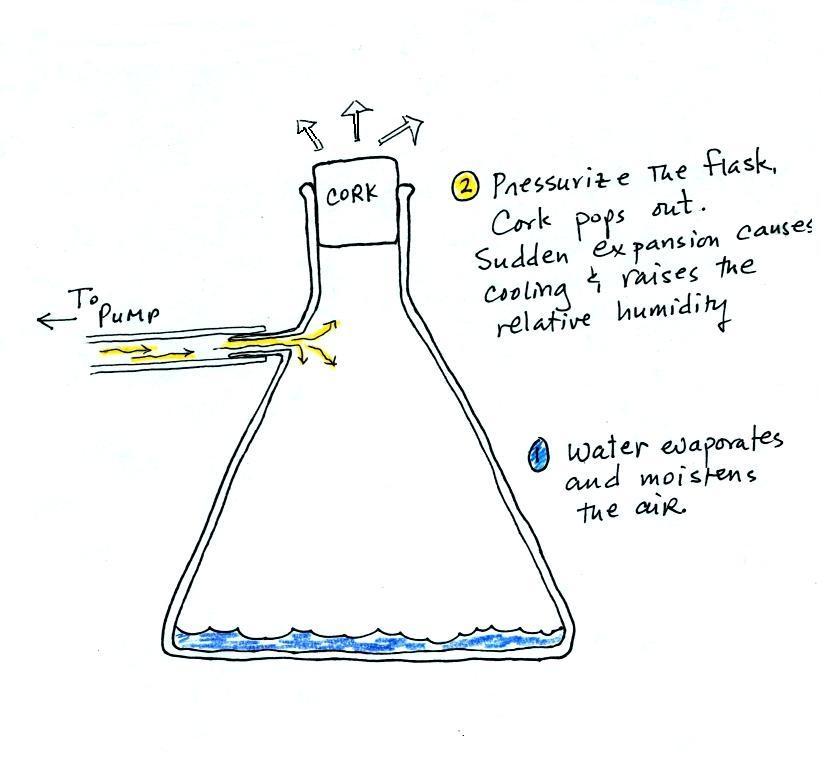
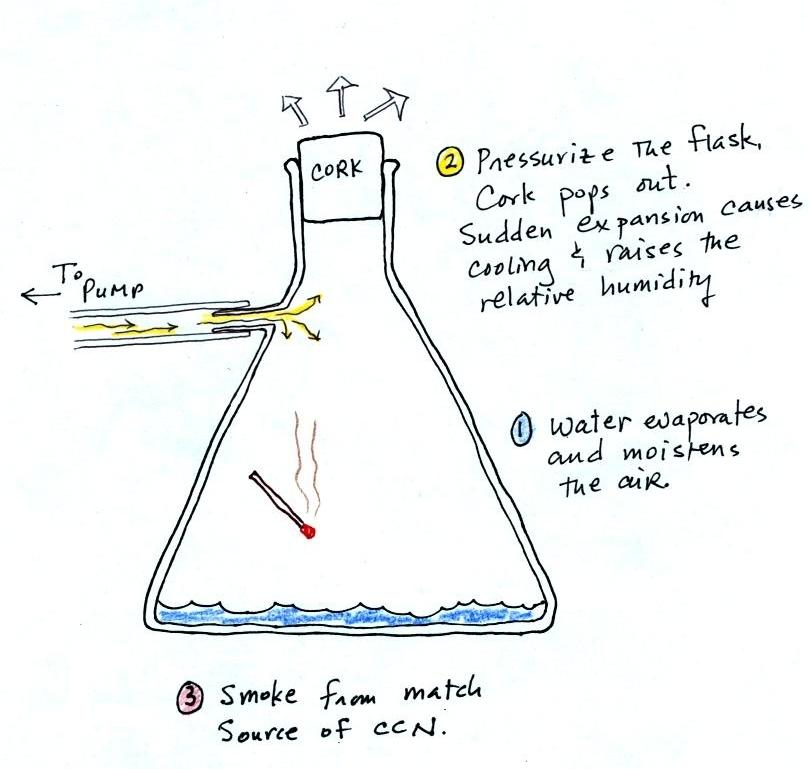
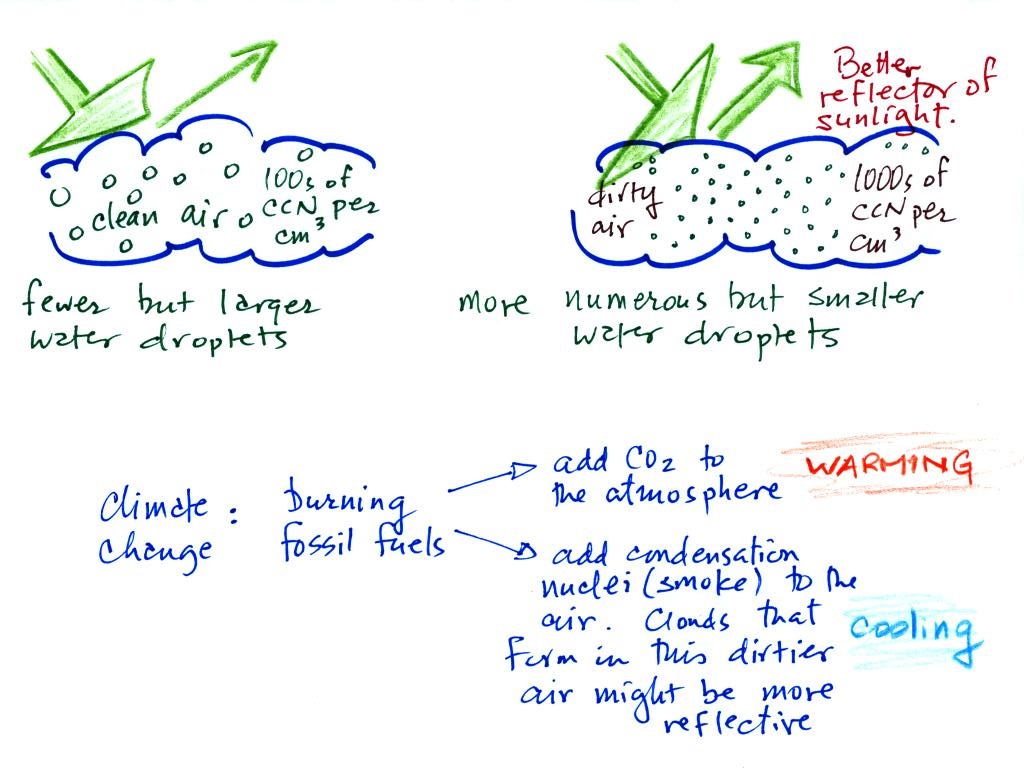
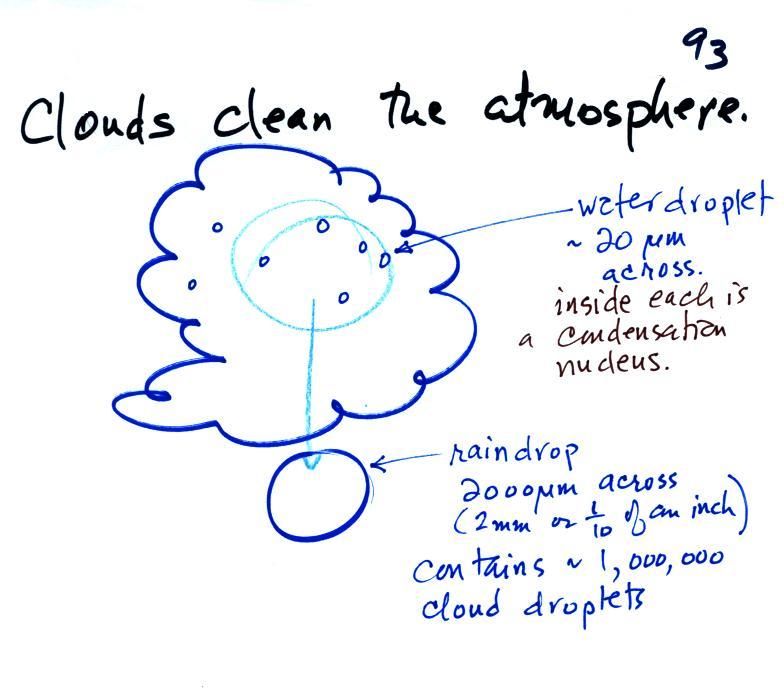

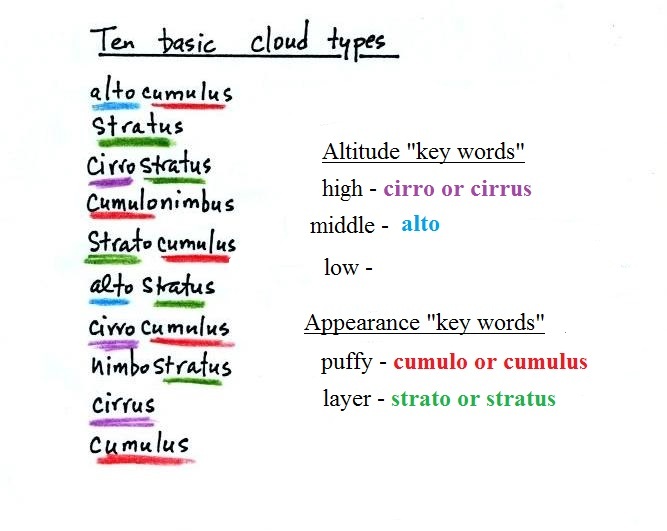
I'm hoping you'll try to learn
these 10 cloud names. There is a smart and a
not-so-smart way of learning these names. The
not-so-smart way is to just memorize them. Because
they all sound alike you will inevitably get them mixed
up. And I'm hoping you'll be able to sketch each
of the clouds and describe them in words. That
gets to be a lot of material to try to just memorize.
A better way is to recognize that
all the cloud names are made up of key words.
Clouds are classified using just two criteria: altitude
and appearance. There are 4 key words that tell
you something about the cloud's altitude and appearance
(and a 5th key word for clouds that are producing
precipitation wasn't mentioned in class). My
recommendation is to learn the key words and what they
mean. Then you can usually
construct a cloud name by taking key words from both the
altitude and appearance groups and combining them.
Cloud
Altitude
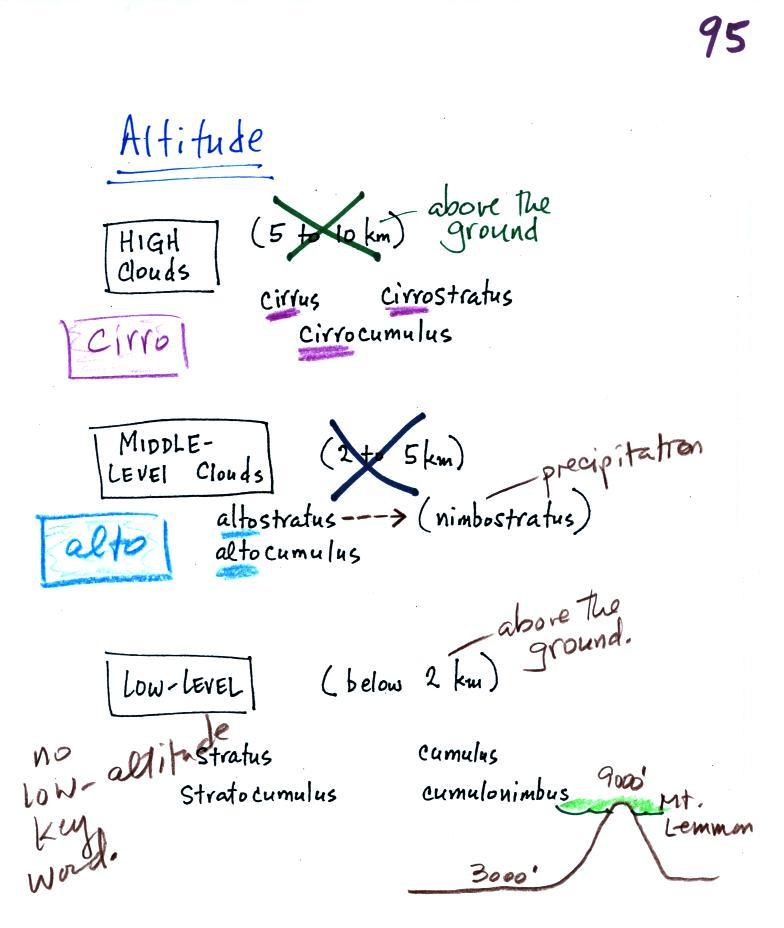
Clouds are grouped into one of three altitude categories: high, middle level, and low. It is very hard to just look up in the sky and determine a cloud's altitude. You will need to look for other clues to distinguish between high and middle altitude clouds. We'll learn about some of the clues when we look at cloud pictures later in the class.
Cirrus or cirro identifies a high altitude cloud. There are three types of clouds found in the high altitude category..
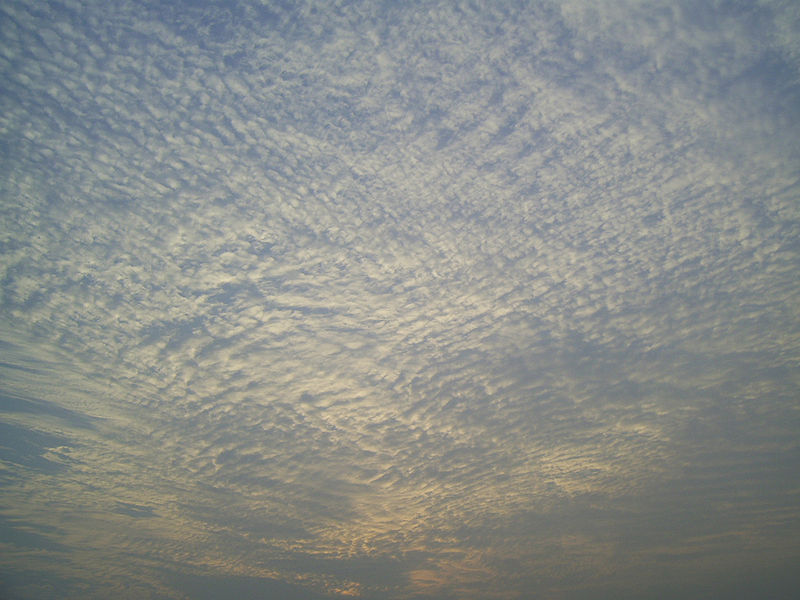 |
high altitude cloud the patches of cloud are small because they are far away a cirrocumulus cloud cirro means high altitude, cumulus means "patchy". |
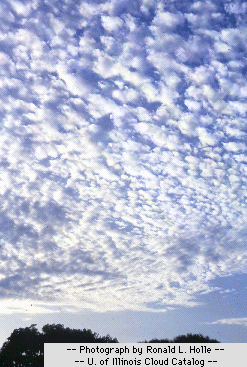 |
middle altitude cloud the patches of cloud are bigger because they closer to the ground an altocumulus cloud |
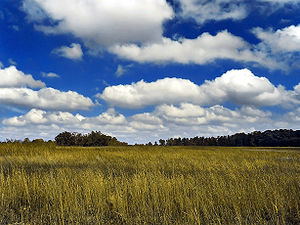 |
low altitude cloud cumulus clouds (there is no key word for low altitude) |
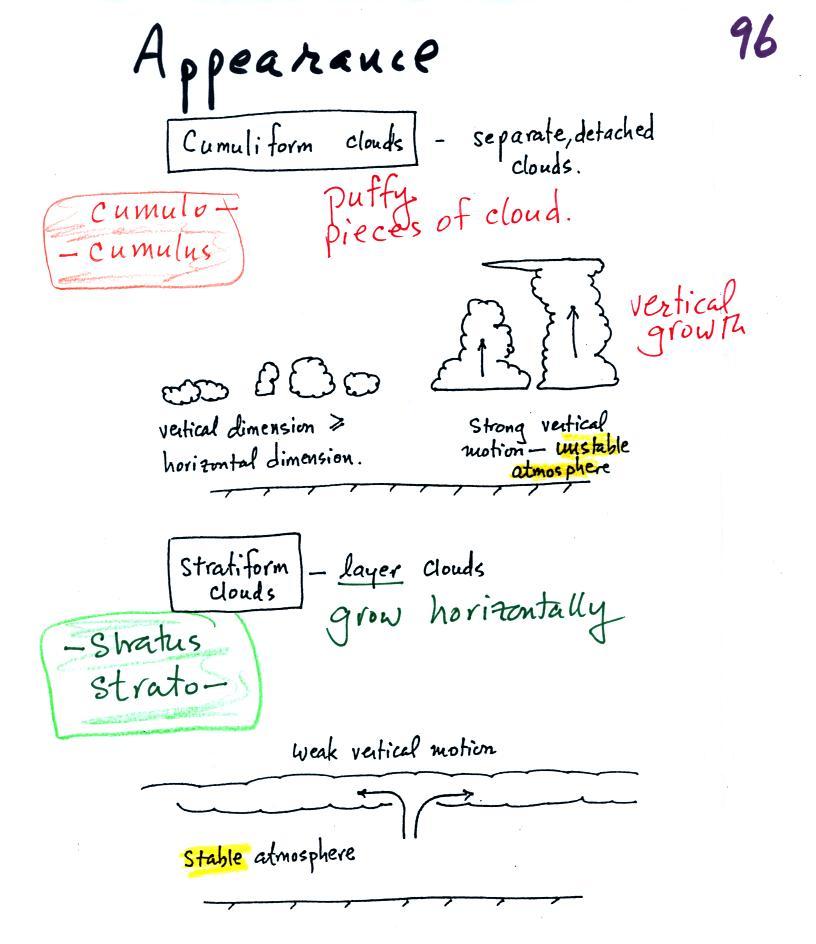
Cumulus clouds are often described as
resembling a head of cauliflower. Clouds can have a
patchy of puffy (or lumpy, wavy, splotchy or ripply)
appearance. These are cumuliform clouds and will have cumulo or
cumulus in their name. In an unstable
atmosphere cumuliform clouds will grow vertically.
Strong thunderstorms can produce dangerous severe weather.
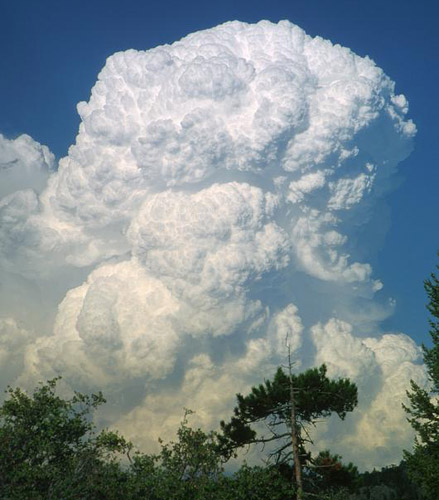 |
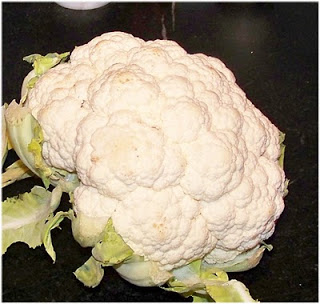 Head of cauliflower source |
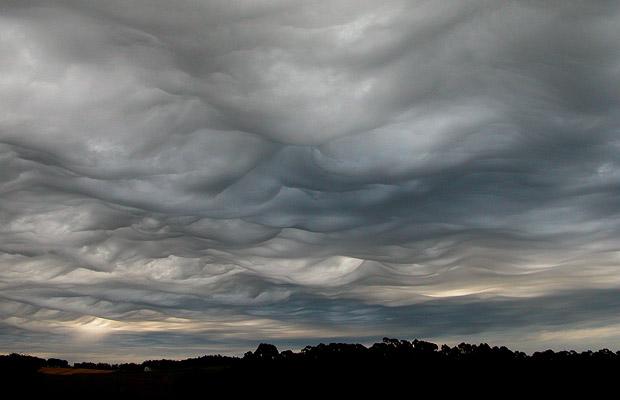 |
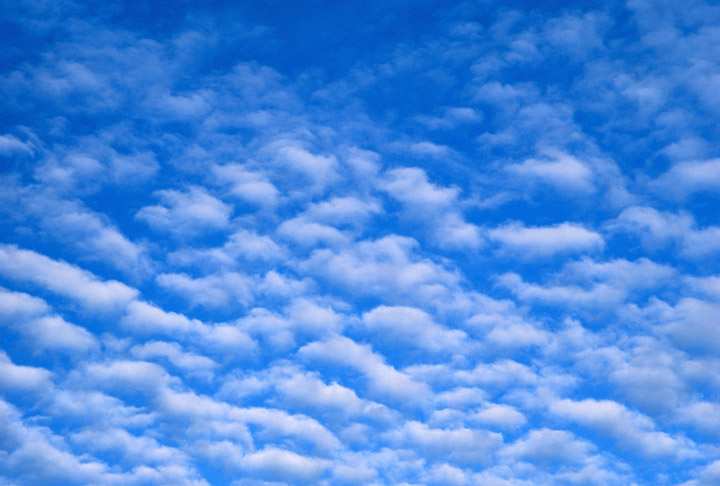 |
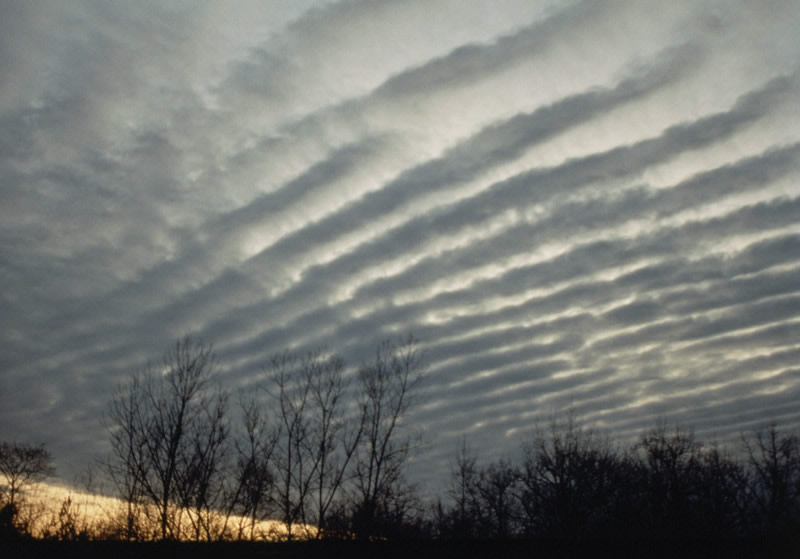 |
|
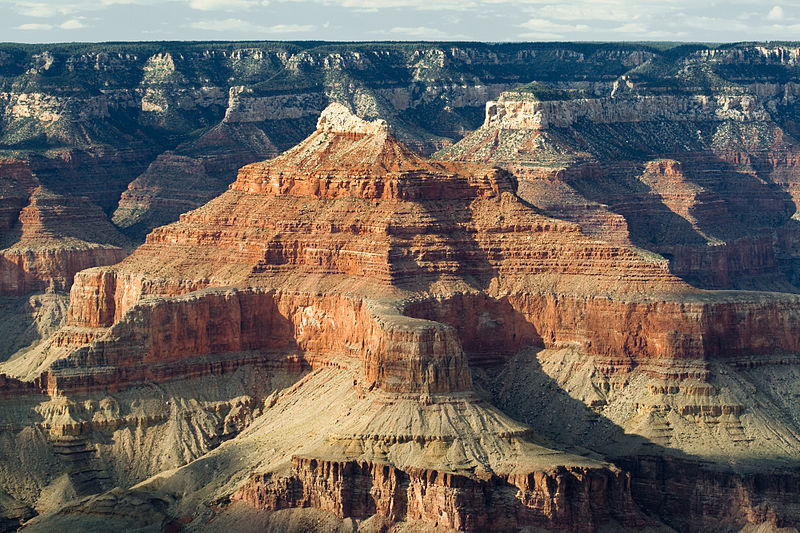 |
|
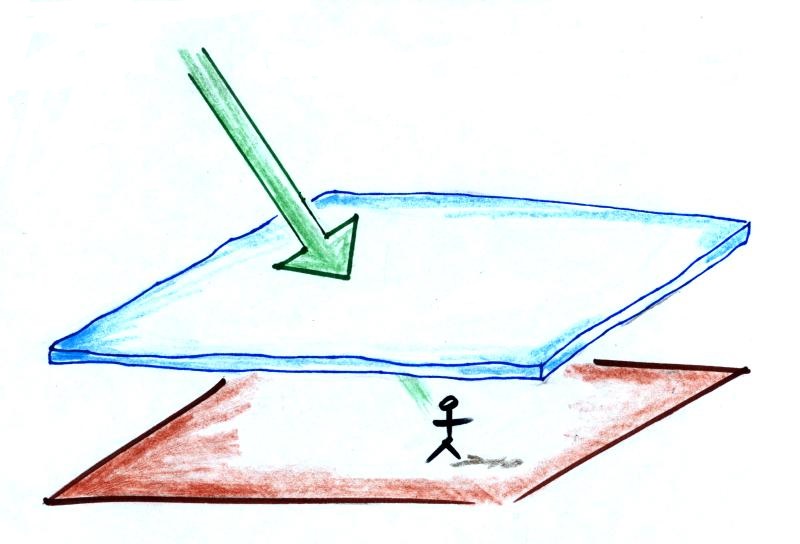 A side view of a layer cloud. How much sunlight is able to shine through the cloud depends on how thick the cloud is. A person on the ground may or may not cast a shadow. |
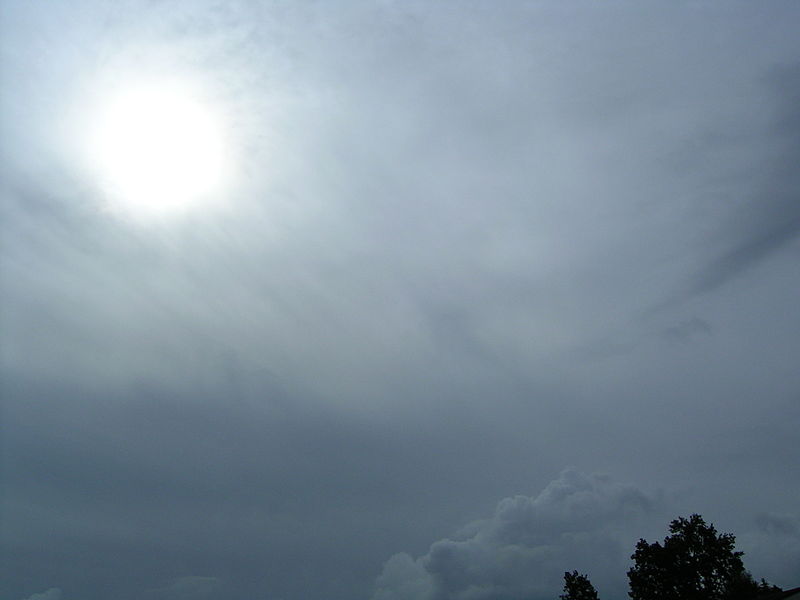 A view from the ground looking up
at the sun through a middle level layer cloud. The
sun is visible but blurred. (source)
|
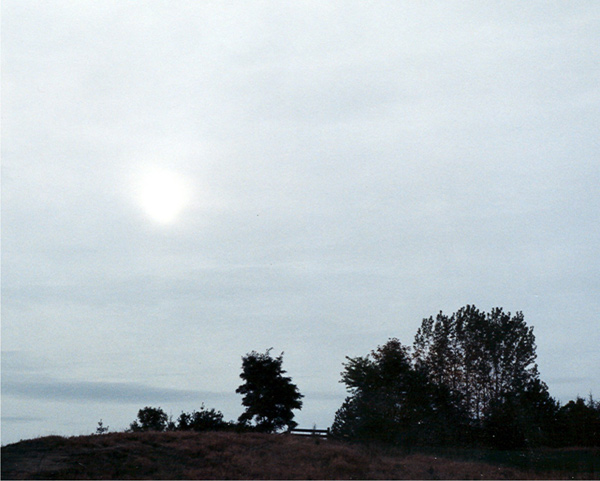 |
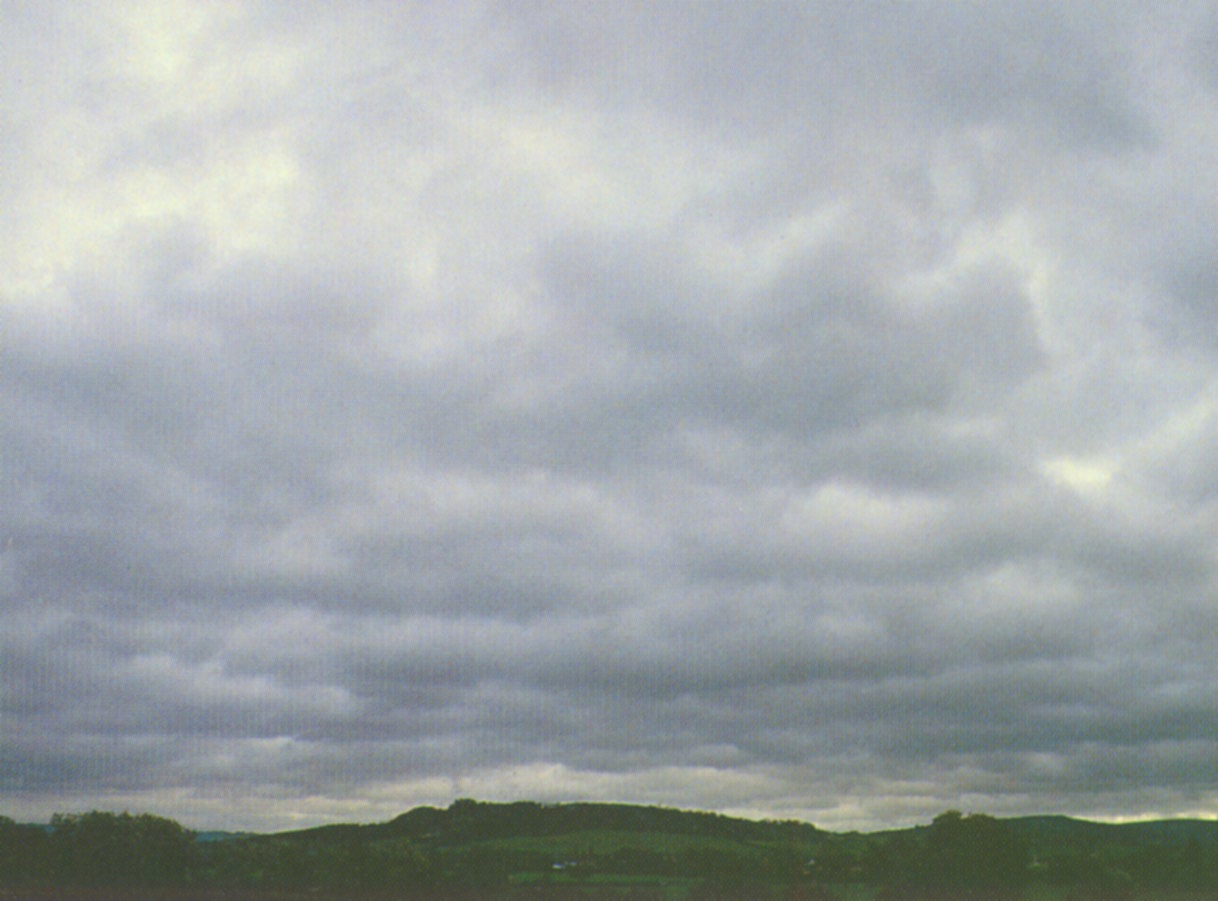 |
 |
| featureless Stratiform
cloud (layer cloud) an altostratus cloud |
in between
case, a "lumpy layer cloud" this is named stratocumulus |
patchy, puffy Cumuliform
cloud cumulus clouds |
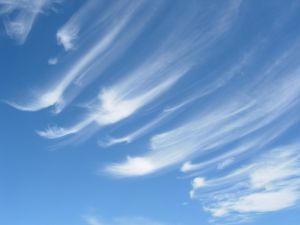 |
| cirriform is sometimes used as an appearance key word source of this image |
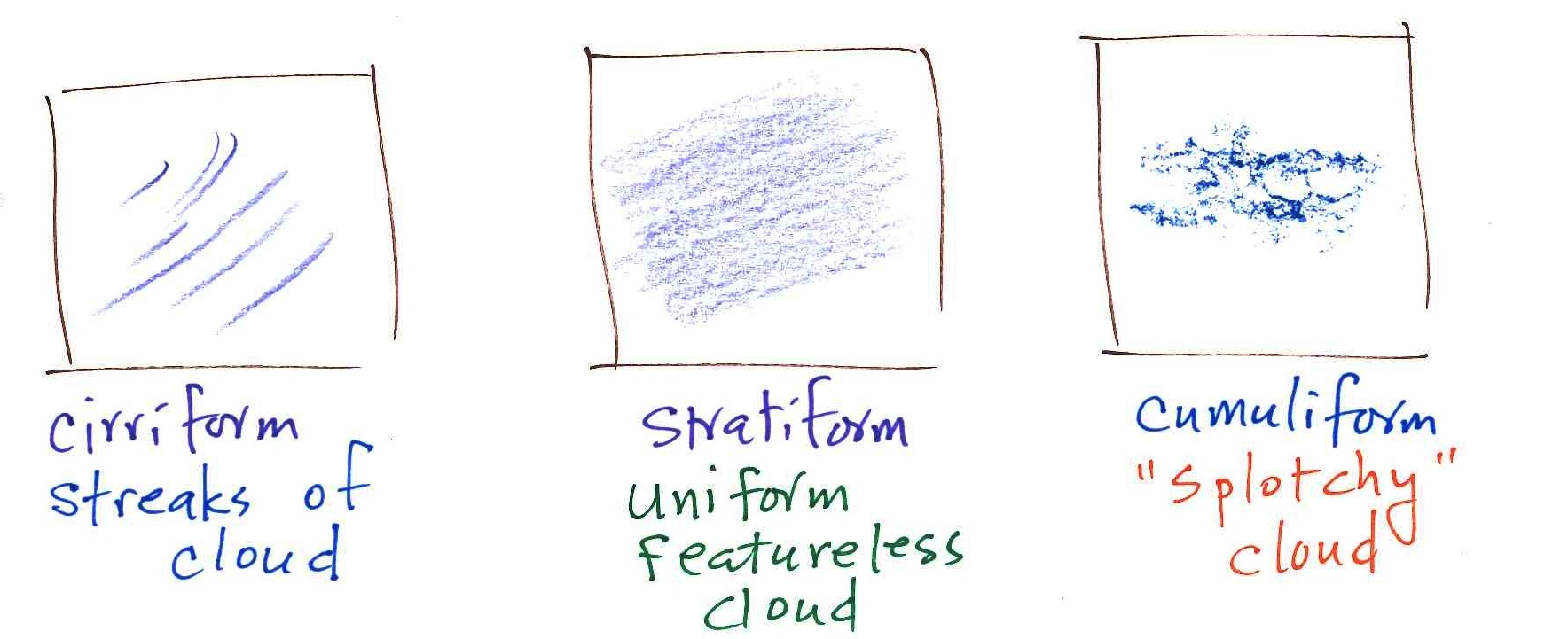
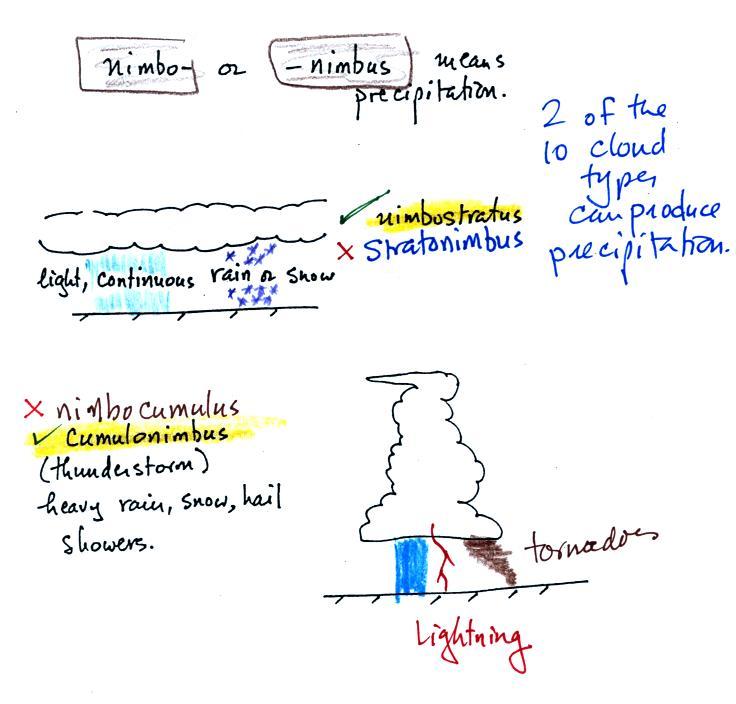
Nimbo or
nimbus, means precipitation (it is also the name of a local brewing company).
Only two of the 10 cloud types are able to produce
(significant amounts of) precipitation. It's not as easy
as you might think to make precipitation. We'll start to
look at precipitation producing processes in the next class.
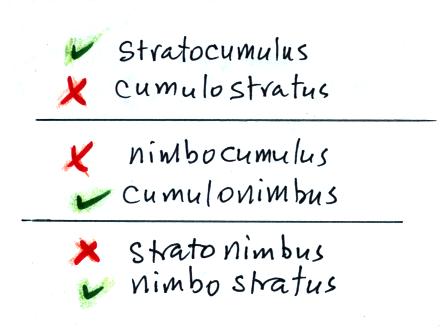
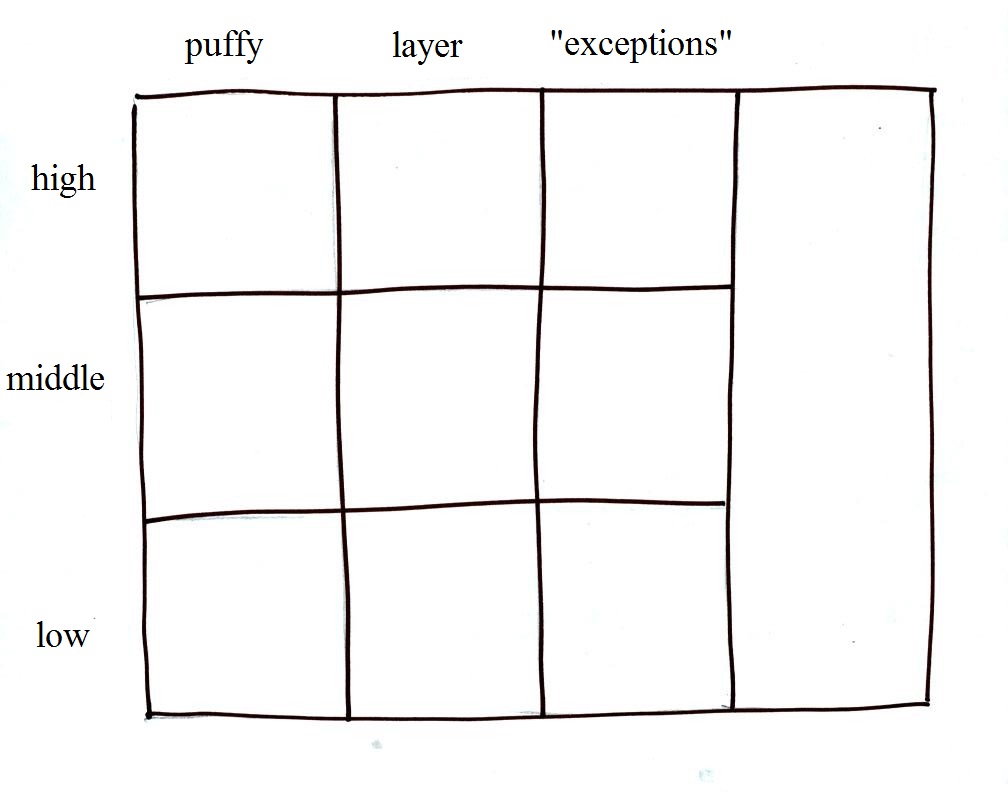 |
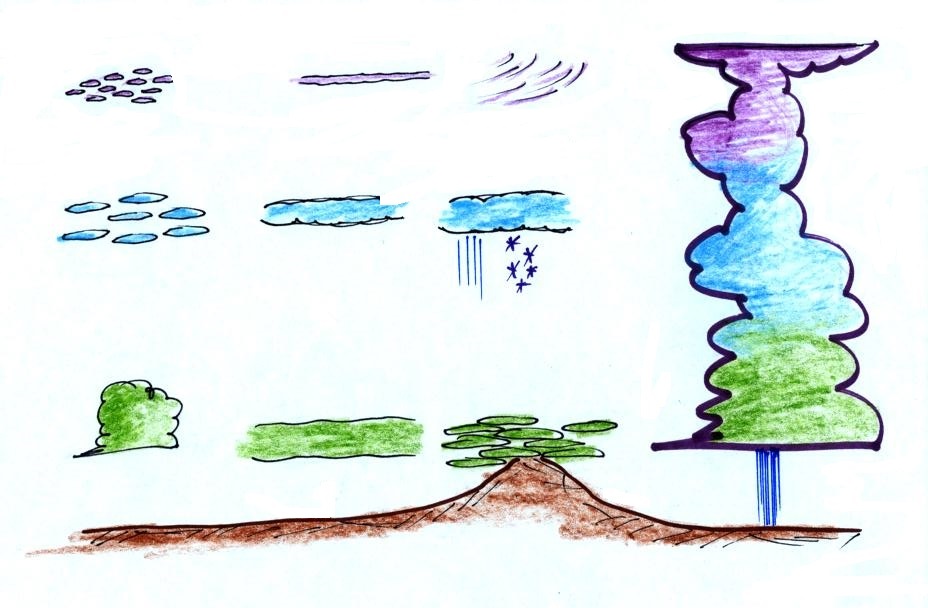 |